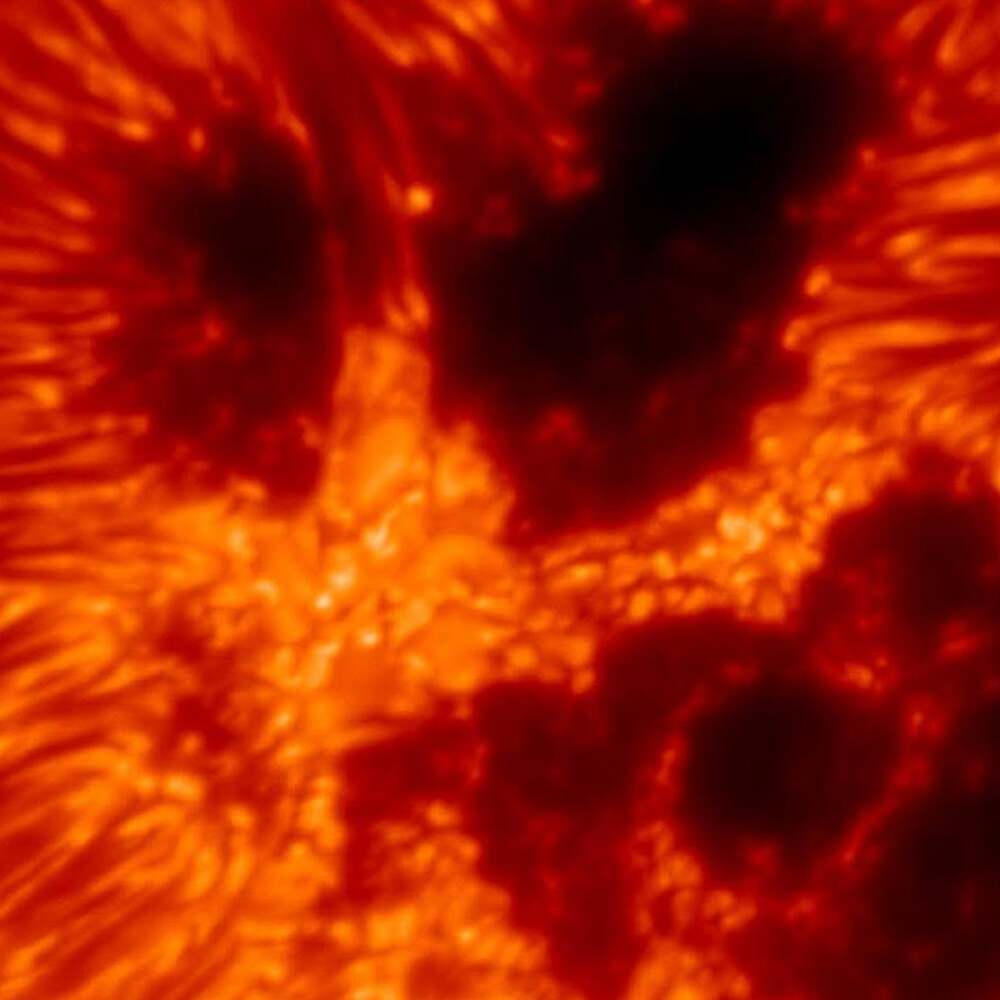The Daniel K. Inouye Solar Telescope has achieved a major milestone by capturing the highest-resolution images of a solar flare ever recorded at the H-alpha wavelength. These images provide an unprecedented look at the sun’s magnetic structures, offering new insights into solar activity and its effects on space weather.
Breakthrough Observations
On August 8, 2024, the telescope observed an X1.3-class solar flare. During the flare’s decay phase, its Visible Broadband Imager captured dark coronal loop strands with remarkable clarity. These plasma loops, which trace the sun’s magnetic field lines, averaged 48 kilometers in width, with some as narrow as 21 kilometers—the smallest coronal loops ever imaged.
Implications for Solar Research
The extreme resolution of these observations allows scientists to study the fundamental scale of solar coronal loops directly. Understanding these structures is critical, as they play a major role in solar flares and coronal mass ejections, events that can disrupt satellite communications, GPS systems, and power grids on Earth.
Advancing Solar Science
Observing at the H-alpha wavelength enables researchers to see specific features of the sun that are invisible in other types of observations. This capability improves understanding of the sun’s complex magnetic environment and dynamic behavior, offering valuable data for modeling solar activity.
Looking Ahead
As the Inouye Solar Telescope continues its mission, further discoveries are expected. Detailed observations of solar flares and coronal loops will help refine models of solar activity, improving forecasts of space weather events and their potential impacts on Earth’s technological infrastructure.
















Leave a Reply